
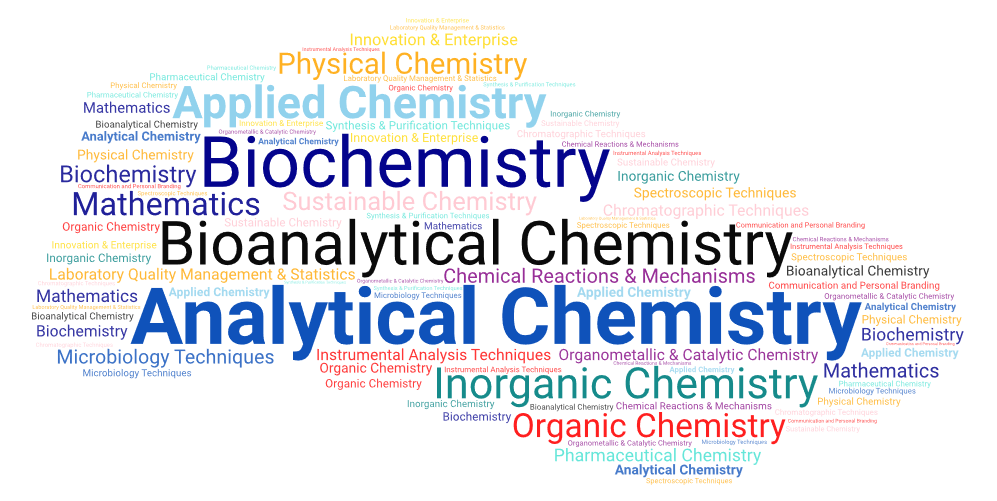
The Library not only subscribes to many databases and e-resources, but also houses a good collection of books and journals to support teaching learning and research needs.
The School of Applied Science books are classified according to Library of Congress Classification Scheme. You may wish to search the Catalogue by Title, Author, Subject, ISBN, Publisher for the Collection, including of e-Book, databases , e-Journal that are accessible via the Library Portal.
Please use the tabs to navigate the guide and feel free to contact me if you have any queries about this resource guide on Applied Chemistry (C45).
You may wish to click here to browse through Library Services to Support Teaching & Learning libguide.
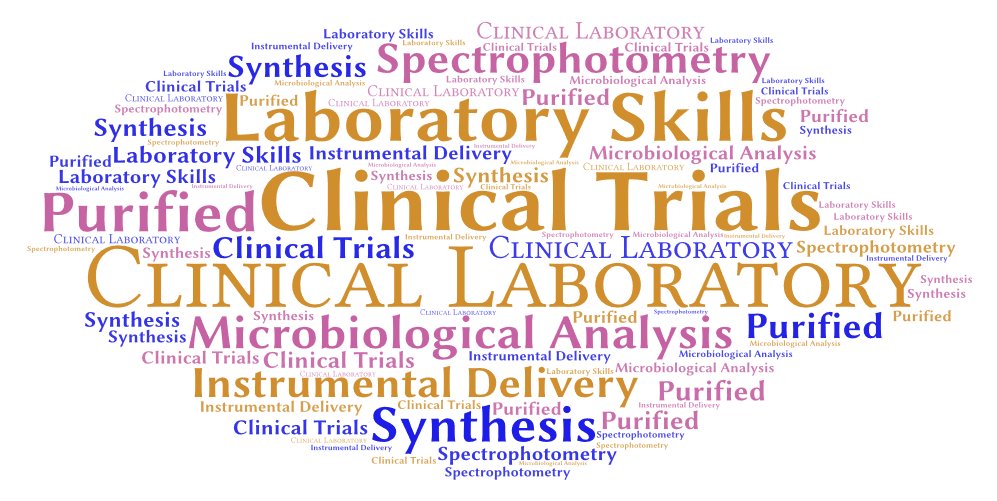
Diploma: Applied Chemistry
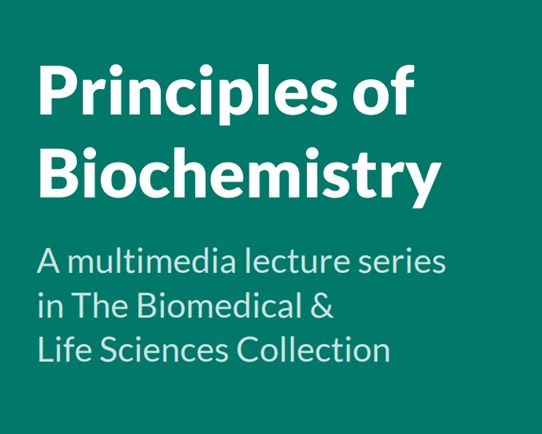
Principles of Biochemistry : A multimedia lecture series in The Biomedical & Life Sciences Collection
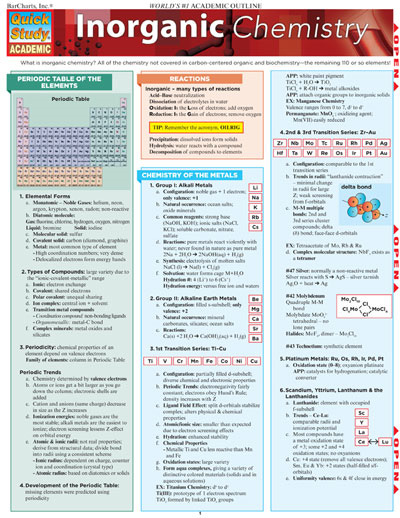
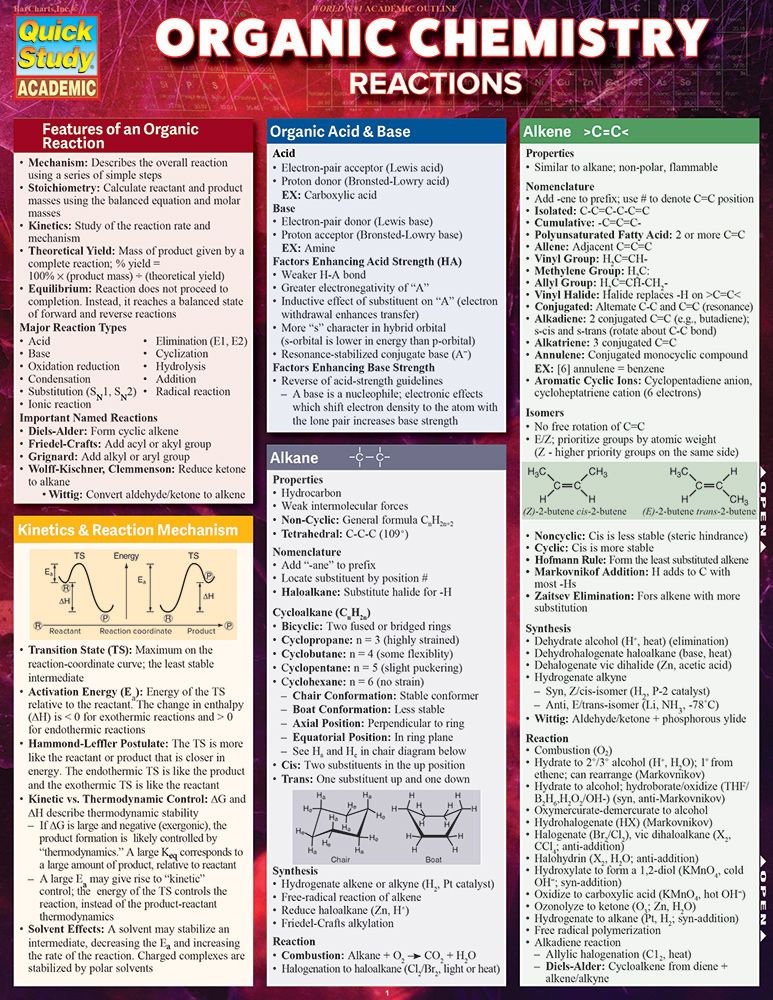
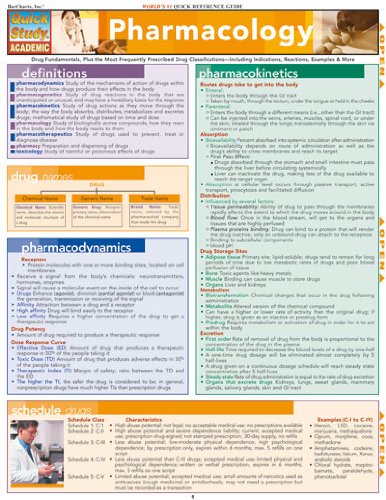
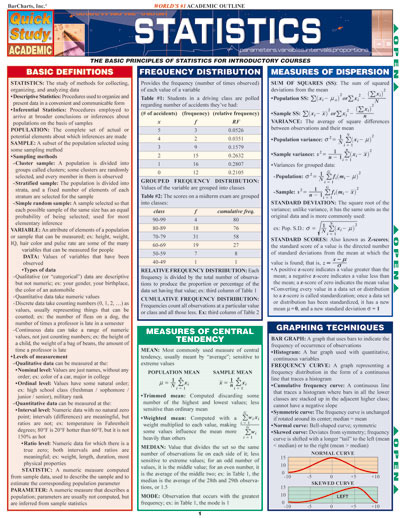
Basic Definitions, including descriptive statistics, inferential statistics, population, cluster sample, stratified sample, simple random sample, variable data, levels of measurement, statistic, parameter.
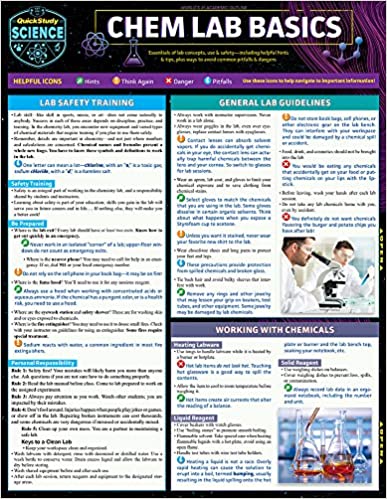
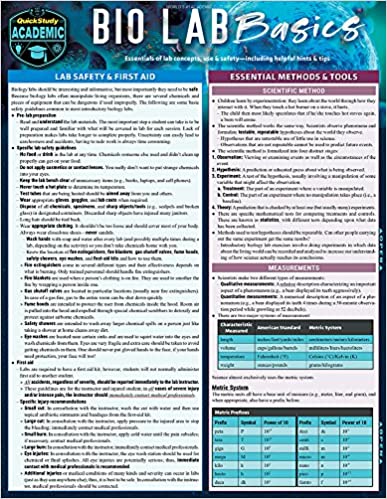
Lab Safety & First Aid
Essential Methods & Tools
Essential Concepts
Cell Structure
Cell Transport
Respiration
Photosynthesis
Enzyme Activity
Organismal Diversity
Mitosis
Meiosis
Molecular Genetics
Mendelian Genetics
Field Biology
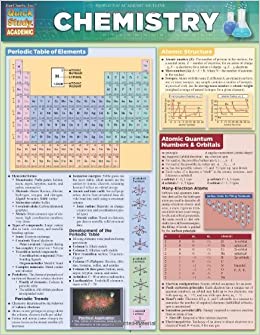
Chemistry Concepts
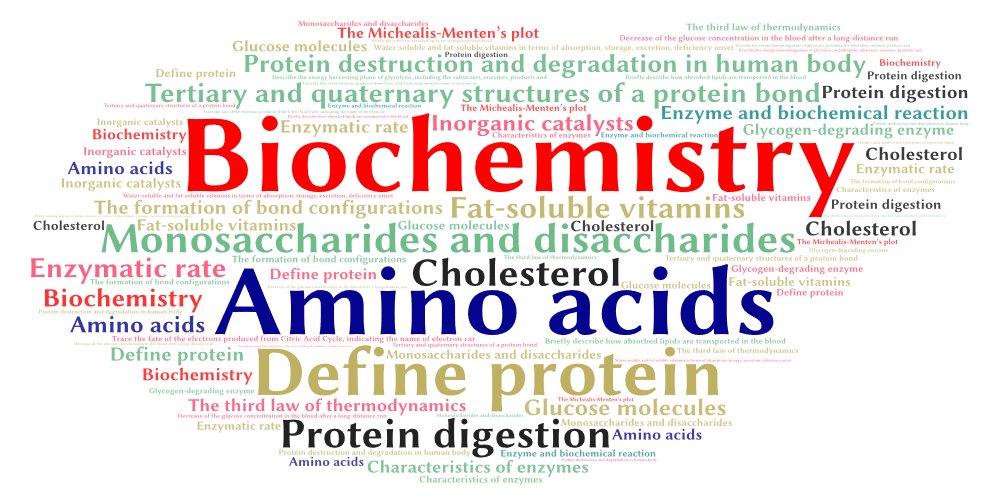
Module : Biochemistry
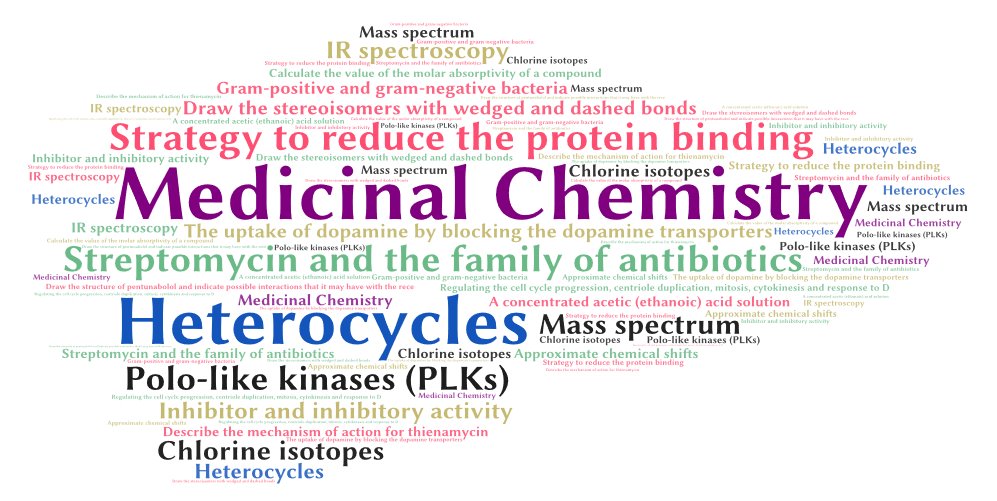
Module : Medicinal Chemistry
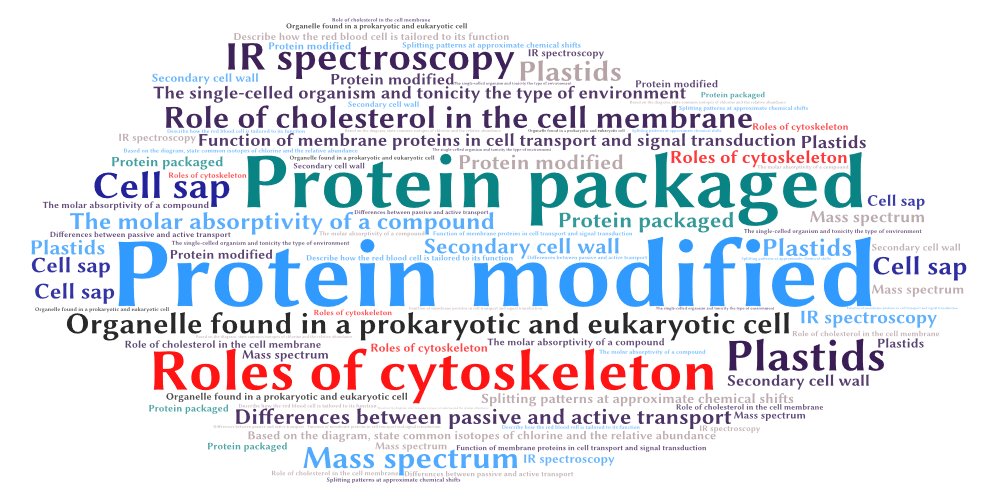
Module : Cell Biology for Medicinal Chemistry
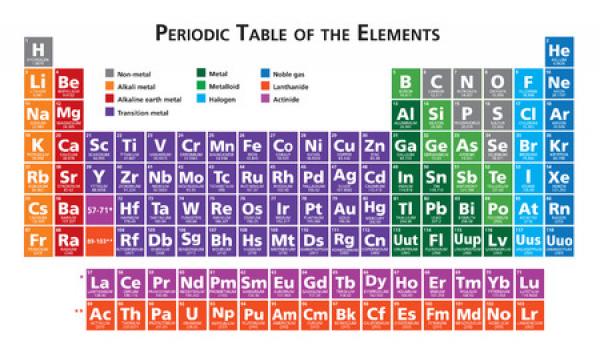
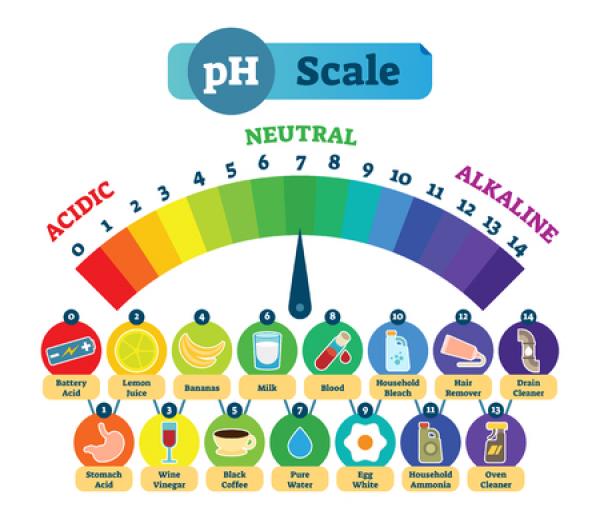
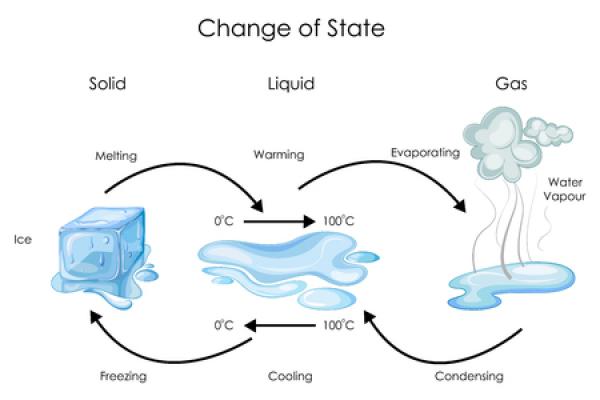
Location of Search Options
When you log in to CAS SciFindern, search options are presented at the top of the Home page. (You can click the CAS SciFindern logo to return to the Home page at any time.)
All Search finds substances, reactions, references, and suppliers that match your query.
You can enter search terms that identify the subject of interest (e.g., keyword, research topic, document identifier, patent information, substance name, CAS Registry Number) or draw/import a structure query.
Click the Draw button in the search field, you have the option to draw the structure using CAS Draw or ChemDoodle.
https://scifinder-n.cas.org/help/#t=Drawing_Search_Queries%2FChemDoodle_Basics_video.htm
https://scifinder-n.cas.org/help/#t=Drawing_Search_Queries%2FChemDoodle_Basics_video.htm
The following structure query features are also available in CAS Draw and ChemDoodle:
Reaction Query Features:
Substructure Query Features:
Search field - Substance name, CAS Registry Number, patent identifier, notes, and DOI.
Advanced Search Field(s) - Boolean operator (AND, OR, NOT) + search field values, molecular formula, experimental spectra, and the following property categories: biological/chemical, density, electrical, Lipinski, magnetic, mechanical, optical and scattering, structure related, and thermal. Check the Search key property values only box available for the below properties to focus the property query only on data found in a substance's Key Physical Properties box or preferred substance values:
Find reactions that match your query, which can be substance names, CAS Registry Numbers, document identifiers, or a chemical structure.
If both search term and chemical structure queries are present, reactions will only match the chemical structure query (search term query is ignored).
Search Terms:
Search field: Research Topic/Keyword/Concept, Substance Name, CAS Registry Number, notes, and document identifier.
Advanced Search Field(s): Boolean operator (AND, OR, NOT) + search field values, Author Name, Journal Name, Organization Name, Title, Publication Year, Document Identifier (CODEN, ISBN, and ISSN):
Find References Using a Chemical Structure
Search Terms and Chemical Structure
There are three biosequence search types:
BLAST (Basic Local Alignment Search Tool): Search for proteins as well as nucleotides using a set of local alignment algorithms (BLASTn, MegaBlast, BLASTp, tBLASTn, BLASTx).
CDR (Complementarity-Determining Region): Search for antibody and t-cell receptors.
Motif: Search for short patterns in DNA, RNA, or proteins with queries enabled for additional variability.
There are two ways to create a retrosynthesis plan for a substance in CAS SciFindern:
From the Home page with the Retrosynthesis search type
From a substance window
This site contains links to third-party websites. These websites are provided only as a convenience to visitors and does not imply any endorsement of the linked sites by Nanyang Polytechnic. The linked sites are not under the control of Nanyang Polytechnic, and Nanyang Polytechnic is NOT responsible for the contents or communication of any linked site or any link contained in a link site.